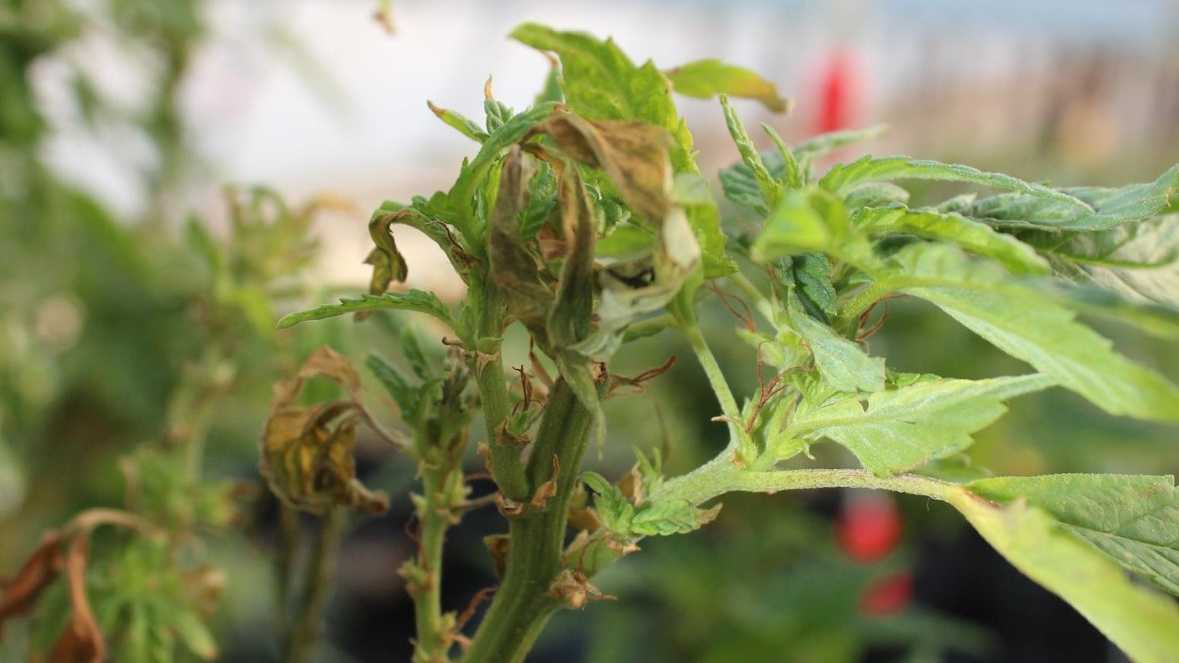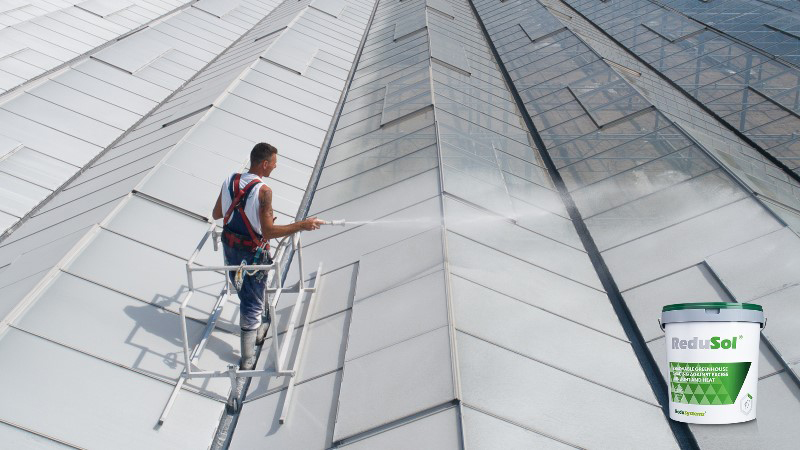5 Tips to Fight Gray Mold in Cannabis

Botrytis tip blight in cannabis. Photo: Nicole Gauthier
Moldy fruit doesn’t appeal to consumers, and neither does fungus-covered cannabis. Botrytis cinerea, also known as gray mold or bud rot, is a common enemy for cannabis cultivators. But growers can take steps to prevent conditions ideal for gray mold and to minimize the impact of infected plants.
Greenhouse Grower recently spoke with Nicole Gauthier, Extension Specialist in Plant Pathology at the University of Kentucky, about ways growers can prevent gray mold and what to do if their plants are infected.
Proper ID Hint: It’s gray.
Like any microscopic pathogen, a microscope is necessary for confirmation. But a rule of thumb is that if it looks gray, it’s likely gray mold.
“When we talk about gray mold, we’re actually referring to the fact that we see that fuzzy mycelia and sporulation of the fungus,” Gauthier says. “And, again, botrytis is gray. Gray mold, like all plant disease pathogens, is going to be targeted toward certain types of tissue.”
Botrytis also is a weak pathogen. It’s not aggressive, and it’s not a primary pathogen, meaning that it’s not going to land on healthy plant tissue and penetrate. Botrytis typically enters through a wound caused by an insect or pruning cut or a dying tissue like spent leaves.
It thrives on Water and Humidity.
Botrytis likes moist conditions. Humidity levels above 90% are ideal for gray mold. Microclimates, such as dense buds where overhead watering occurs or spent leaves on the soil, are examples of microclimates. Water management is critical. This means using proper drainage to avoid puddling and utilizing drip irrigation to minimize overhead watering.
“The reality is that wet tissue is susceptible to infection,” Gauthier says. “Botrytis requires about 12 hours of wetness at 90% humidity and up for infection to occur.”
Air exchange and plant spacing is also critical to ensure proper airflow to reduce moisture. Install humidity meters throughout the greenhouse. There should be a minimum of two humidity meters in even the smallest greenhouse, according to Gauthier.
Insect Management Is Critical.
Gray mold often infects a wound from an insect. A grower who manages both insects and diseases should have a much lower risk of a botrytis outbreak than a grower who waits until there’s a problem.
Ditch Diseased Material
If preventive measures don’t work, discard the diseased plant.
“There’s no salvaging diseased tissue, in particular the large number of spores that botrytis produces,” Gauthier says. “Never try to save diseased plants. Sometimes you can cut back and salvage the plant — you may have to sacrifice a plant part. When it reaches an advanced stage, fungicides are no longer effective.”
Treat Salvageable Plants With Fungicide
Salvageable plants can be treated with a fungicide. Gray mold isn’t hard to kill. It is just hard to manage the sheer number of spores and amount of disease that can be present. Keep in mind that here are only a few fungicides that growers can use on cannabis. They’re usually biological or botanical in nature.
“[Biological and botanical fungicides] will be rated fair on a scale of no efficacy to excellent, so they do compare to synthetic products that most greenhouse growers are used to using,” Gauthier says. “That being said, that makes cultural practices and prevention even more important.”









